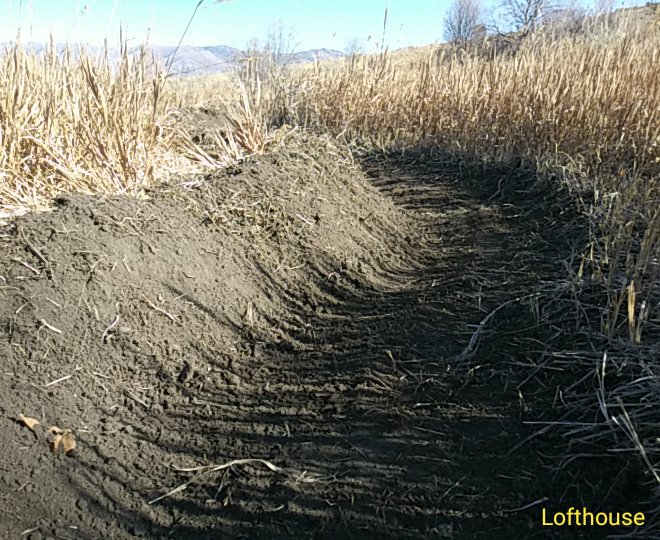





 1
1




Order copies of my book, Dairy Farming: The Beautiful Way at
www.createspace.com
Help spread the word! Thanks!
struggle - hustle - soul - desire
 1
1




"You must be the change you want to see in the world." "First they ignore you, then they laugh at you, then they fight you, then you win." --Mahatma Gandhi
"Preach the Gospel always, and if necessary, use words." --Francis of Assisi.
"Family farms work when the whole family works the farm." -- Adam Klaus








 1
1




"You must be the change you want to see in the world." "First they ignore you, then they laugh at you, then they fight you, then you win." --Mahatma Gandhi
"Preach the Gospel always, and if necessary, use words." --Francis of Assisi.
"Family farms work when the whole family works the farm." -- Adam Klaus




"You may never know what results come of your action, but if you do nothing there will be no result”
How Permies.com Works
Be Nice




 )
)








For unlimited return on all your investments - Make your deposits at 'The Entangled Bank' !









 6
6










Joseph Lofthouse wrote:I make swales with a rototiller. My technique is about as follows:...
 2
2




Moderator, Treatment Free Beekeepers group on Facebook.
https://www.facebook.com/groups/treatmentfreebeekeepers/





 3
3








Life on a farm is a school of patience; you can't hurry the crops or make an ox in two days.
Henri Alain

|
Blood pressure normal? What do I change to get "magnificent"? Maybe this tiny ad?
Back the BEL - Invest in the Permaculture Bootcamp
https://permies.com/w/bel-fundraiser
|


